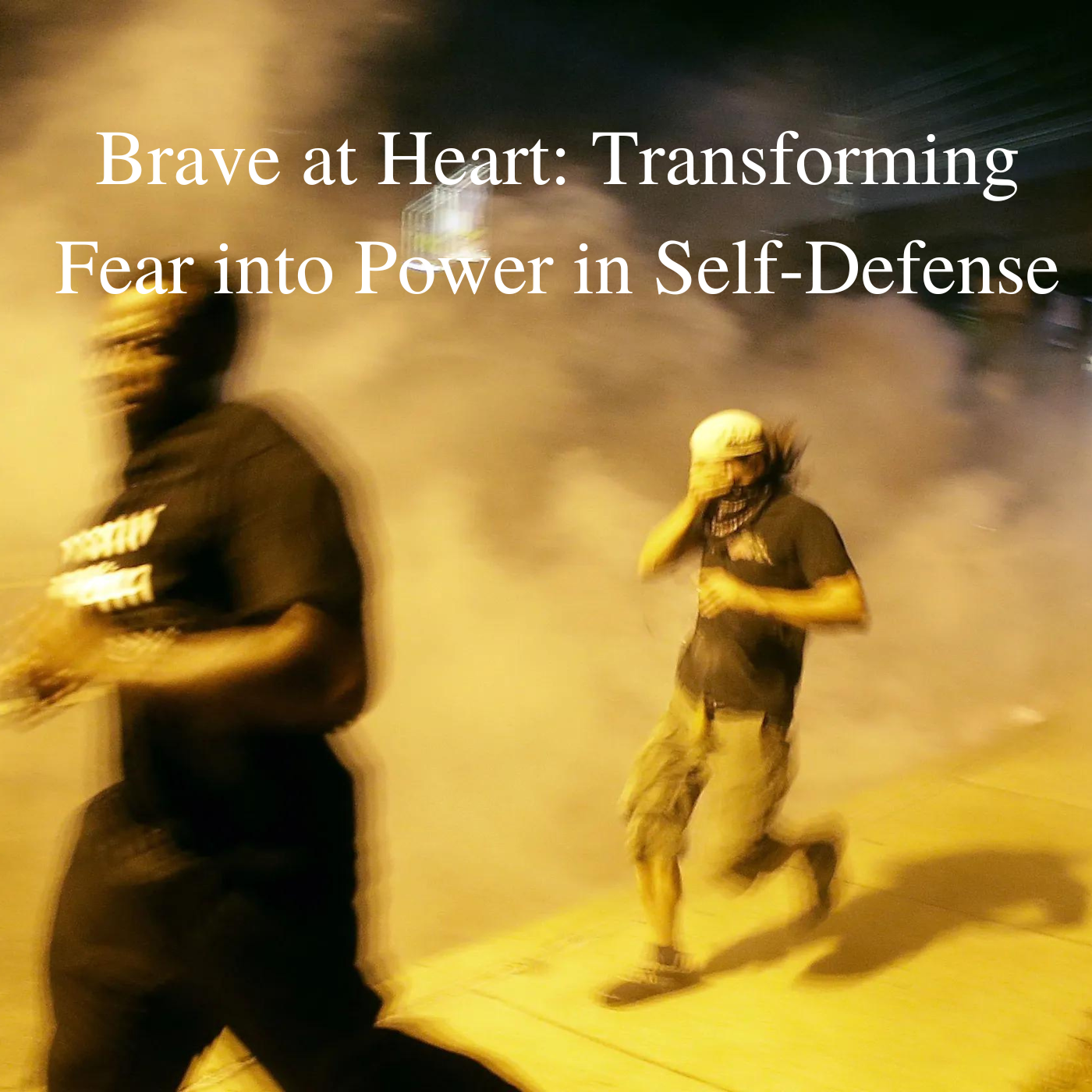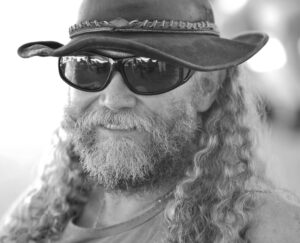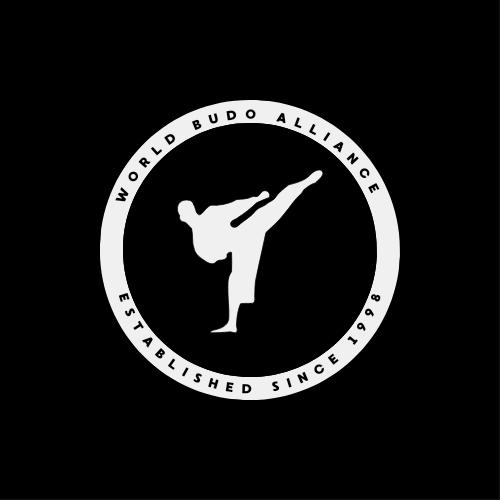Brave at Heart: Transforming Fear into Power in Self-Defense

Brave at Heart: Transforming Fear into Power in Self-Defense. In today's world, marked by unprecedented levels of violence, the importance of self-defense training has never been more critical. Our streets are increasingly fraught with danger, often populated by individuals grappling with serious mental health issues. Regrettably, these challenges are frequently exacerbated by media portrayal and government inaction, which can contribute to a societal atmosphere of fear and misunderstanding.
Such conditions can instill deep-seated fear in anyone, not least those of us who walk these streets daily. For martial artists, the presence of fear is particularly significant. If not addressed, fear can become paralyzing, clouding judgment and precipitating errors in crucial self-defense situations. It is imperative, therefore, that we learn to master this fear, transforming it into a source of strength and clarity that not only enhances our physical capabilities but also fortifies our mental resilience, becoming Brave at Heart.
Brave at Heart: About Fear
Fear is a fundamental human emotion that triggers a complex physiological response, often referred to as the "fight or flight" response. This response prepares the body to either confront or flee from perceived threats. Here's how fear affects the body:
1. **Adrenaline Rush**: When faced with a threat, the adrenal glands release adrenaline (epinephrine) and cortisol into the bloodstream. Adrenaline causes several changes in the body, including increased heart rate, elevated blood pressure, and faster breathing. These changes help prepare the body to act quickly.
2. **Heightened Senses**: Adrenaline also sharpens the senses. Pupils dilate to take in more light and improve vision, and hearing may become more acute. This heightened state of awareness can help identify and react to threats more efficiently.
3. **Blood Flow Changes**: Blood flow is redirected from less critical areas like the digestive system to muscles, enhancing physical strength and speed. This redistribution supports the body in either fighting the threat or fleeing from it.
4. **Tense Muscles**: Muscles may tense up spontaneously, priming the body for sudden physical action. This tension can provide the necessary strength for a quick response but can also lead to shaking or trembling.
5. **Mental Focus**: Initially, fear sharpens mental focus, directing attention toward the threat and away from non-essential thoughts. This can help in quickly assessing a situation and making decisions. However, prolonged fear might lead to mental overload or a decrease in cognitive function, impacting decision-making and concentration.
6. **Freeze Response**: In some cases, when neither fight nor flight seems possible, the body might revert to a “freeze” response. This can manifest as a temporary paralysis or an inability to act, as the body stays immobile and the mind assesses the situation.
Understanding these responses is crucial in martial arts training, where managing one's physiological and psychological reactions to fear can mean the difference between effective and ineffective self-defense. In other words becoming Brave at Heart.
Teaching students to control and utilize their natural responses to fear not only enhances their physical capabilities but also builds mental resilience and strategic thinking under pressure. Understanding deeply how fear works can help you to become Brave at Heart.
Brave at Heart: Overcoming Fear
Overcoming fear and becoming Brave at Heart, particularly in the context of martial arts and self-defense, involves a combination of mental conditioning, physical preparation, and strategic thinking. Here are some strategies to help martial artists overcome fear and be Brave at Heart:
1. **Breathing Techniques**: Teach students deep breathing exercises to help control the physiological symptoms of fear, such as rapid heartbeat and shallow breathing. Techniques like diaphragmatic breathing can calm the nervous system and reduce the intensity of the fight-or-flight response.
2. **Progressive Exposure**: Gradually expose students to the situations that trigger fear in a controlled environment. This could be through sparring sessions, simulated attack scenarios, or role-playing. Progressive exposure helps desensitize individuals to the stimuli that cause fear, building confidence and reducing anxiety over time.
3. **Visualization**: Encourage students to practice visualization techniques. Have them imagine themselves successfully executing defense moves and overcoming an opponent. Visualization helps build mental resilience and prepares the mind to act confidently in real situations.
4. **Mindfulness and Meditation**: Integrate mindfulness and meditation practices into training to help students manage fear by staying present and focused. This can prevent them from being overwhelmed by anxious thoughts about potential outcomes.
5. **Physical Preparedness**: Continuous physical training builds confidence in one's abilities. Ensure that students are proficient in their techniques and that they feel physically capable of defending themselves. This confidence can significantly reduce fear.
6. **Emotional Regulation Training**: Teach techniques to recognize and manage emotional responses. Understanding the roots of fear and learning how to control emotional reactions can empower students to face fearful situations more rationally and less reactively.
7. **Cognitive Restructuring**: Challenge and reframe the negative thoughts that fear generates. Help students replace fearful thoughts with more positive, realistic assessments of their situations and capabilities.
8. **Community and Support**: Cultivate a supportive community within your training environment. Encouragement from peers and mentors can bolster an individual’s courage and help them face their fears more confidently.
9. **Ethical and Philosophical Education**: Incorporate teachings from your martial arts discipline that relate to courage, resilience, and ethical conduct. Understanding the deeper philosophical underpinnings of martial arts can provide a strong mental framework for overcoming fear.
10. **Scenario Training**: Regularly train in diverse scenarios to equip students with practical experience in handling unexpected situations. This can reduce the fear of the unknown and improve adaptive responses under stress.
By integrating these strategies into your martial arts curriculum, you can help your students transform their fear into power, enhancing both their self-defense capabilities and their overall psychological resilience.
Brave at Heart in Conclusion

In conclusion, transforming fear into power is an essential component of martial arts training. By incorporating breathing techniques, progressive exposure, visualization, and mindfulness, along with continuous physical preparation.
Plus cognitive restructuring, we empower our students not just to defend themselves, but to thrive under pressure.
As instructors, our role extends beyond teaching techniques; we must foster a supportive community and imbue our teachings with the ethical and philosophical principles that underpin martial arts. Through these comprehensive strategies, we guide our students to not only manage their fear but to harness it as a source of strength and resilience, equipping them to face the challenges of today's world with courage and confidence. Being Brave at Heart.
Questions?
Do you have questions about this article Brave at Heart: Transforming Fear into Power in Self-Defense or anything else? Please use the form below to ask!
Thank you for taking time to read Brave at Heart: Transforming Fear into Power in Self-Defense. If you have a few moments, please check out our main page here at the World Budo Alliance and learn about the benefits of joining.
Yours in the arts,
Grand Master Art Mason

